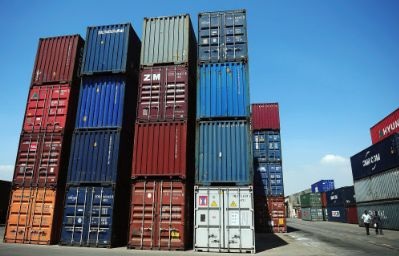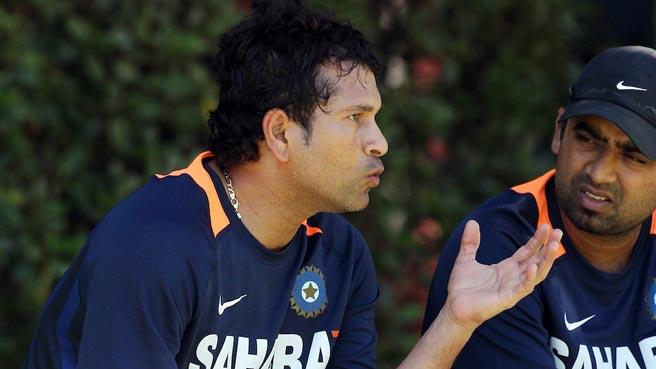February 13, 2013
NEW DELHI: India posted its second highest ever monthly trade deficit of $20 billion in January as imports surged to record highs, piling pressure on a widening current account deficit and limiting scope for the central bank to cut interest rates.

February 13, 2013
NEW DELHI: India posted its second highest ever monthly trade deficit of $20 billion in January as imports surged to record highs, piling pressure on a widening current account deficit and limiting scope for the central bank to cut interest rates.

Exports rose an annual 0.8 per cent to $25.59 billion in January, the first time they have risen since the start of the fiscal year in April last year, on the back of better sales of engineering goods, drugs and gems.
Struggling to turn around an economy that is slowing to its lowest growth rate in a decade, the Reserve Bank of India cut interest rates by 0.25 percentage points last month, but warned that future rate cuts would depend upon declines in both the current account deficit and inflation.
However, there was little sign of any respite on the external front for Asia's third largest economy in December as a surge in imports dwarfed a slight improvement in exports.
Exports rose an annual 0.8 per cent to $25.59 billion in January, the first time they have risen since the start of the fiscal year in April last year, on the back of better sales of engineering goods, drugs and gems.
But imports rose 6 per cent to $45.58 billion, according to a senior trade ministry official, their highest ever monthly total. Imports of oil, the single biggest item, rose 6.9 per cent from a year ago to $15.9 billion.
"The oil import bill is definitely a challenge, but for a growing economy, energy needs have to be met," commerce and industry minister Anand Sharma told an industry conference in Mumbai.
The January trade deficit was the second worst on record. The worst figure was $20.9 billion posted in October.
Current account data for the October-December quarter will be released at the end of next month, but the deficit touched a record high in September at 5.4 per cent of GDP due to slowing exports and heavy oil and gold imports.
New pressure on the rupee
The Reserve Bank of India is worried that India's ability to fund its rising current account deficit is becoming increasingly stretched, and could lead to fresh pressure on the rupee.
"The high current account deficit is unsustainable as it can't be funded for a long time with capital flows and it will get adjusted through the exchange rate," said A Prasanna, economist, ICICI Securities Primary Dealership. "The exchange rate will depreciate when the correction happens."
The rupee struck its weakest in over a month in early January at 55.38 to the dollar, but has since recovered on capital inflows. The rupee strengthened marginally to 53.84 to the dollar after the data, as some traders had priced in an even wider trade deficit.
Exports between April and January fell 4.9 per cent to $239.7 billion, pushing the cumulative trade deficit for the first 10 months of the fiscal year to $167.2 billion, up 8 per cent on the same period a year earlier. Sluggish demand from the United States and Europe has crimped India's exports.
Samiran Chakraborty, an economist at Standard Chartered Bank in Mumbai, said the trade deficit's deterioration in January was a concern, as it would typically be expected to improve during the January-March quarter, but a surge in gold imports in anticipation of a recent import duty may have been a factor.
The government did not detail imports of gold, usually the second-biggest item.
On Monday, Reserve Bank of India governor Duvvuri Subbarao reiterated concern over financing the current account deficit with volatile capital flows. Portfolio inflows into India have been robust, with $8.34 billion so far this year after inflows of $31.41 billion in the whole of 2012.
Subbarao projected a record high current account deficit for the 2012/13 fiscal year, ending in March. Many analysts expect the deficit to rise from 4.2 per cent of gross domestic product in 2011/12 to a record 4.5-5.0 per cent of GDP for 2012/13.
Courtesy: Reuters
















































































































